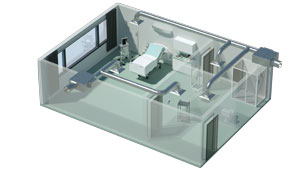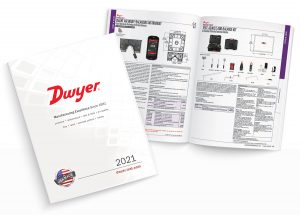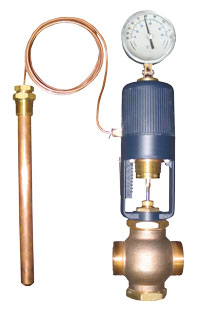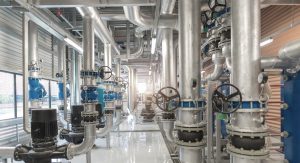 Educational facilities, or public and private institutions devoted to teaching students, differ in physical size and level of education programs. These institutions can range from preschool to university levels, all of which need proper heating, ventilation, and air conditioning (HVAC) systems and indoor air quality.
Educational facilities, or public and private institutions devoted to teaching students, differ in physical size and level of education programs. These institutions can range from preschool to university levels, all of which need proper heating, ventilation, and air conditioning (HVAC) systems and indoor air quality.
While indoor air quality (IAQ) is important for everyone’s health, it is especially important for young children that are still developing their lungs. The United States Environmental Protection Agency (EPA) Science Advisory Board has completed multiple school studies that show indoor air pollution among the top five environmental risks to public health. Continue reading “Importance of Sensor Stability in Educational Facilities”




 In this age of virtual meetings and online connections, to “Google” something has become synonymous with quickly looking up information. For some, bookshelves are more for decor than they are functional, and trends are leading to becoming more environmentally-friendly and saving paper. Print media is not necessarily “dead,” but it is becoming much less prevalent as we journey forward in this digital age.
In this age of virtual meetings and online connections, to “Google” something has become synonymous with quickly looking up information. For some, bookshelves are more for decor than they are functional, and trends are leading to becoming more environmentally-friendly and saving paper. Print media is not necessarily “dead,” but it is becoming much less prevalent as we journey forward in this digital age.


 There are several reasons why a 38R is a great choice in your heating or cooling applications, with the most obvious being that there is no power required. The
There are several reasons why a 38R is a great choice in your heating or cooling applications, with the most obvious being that there is no power required. The